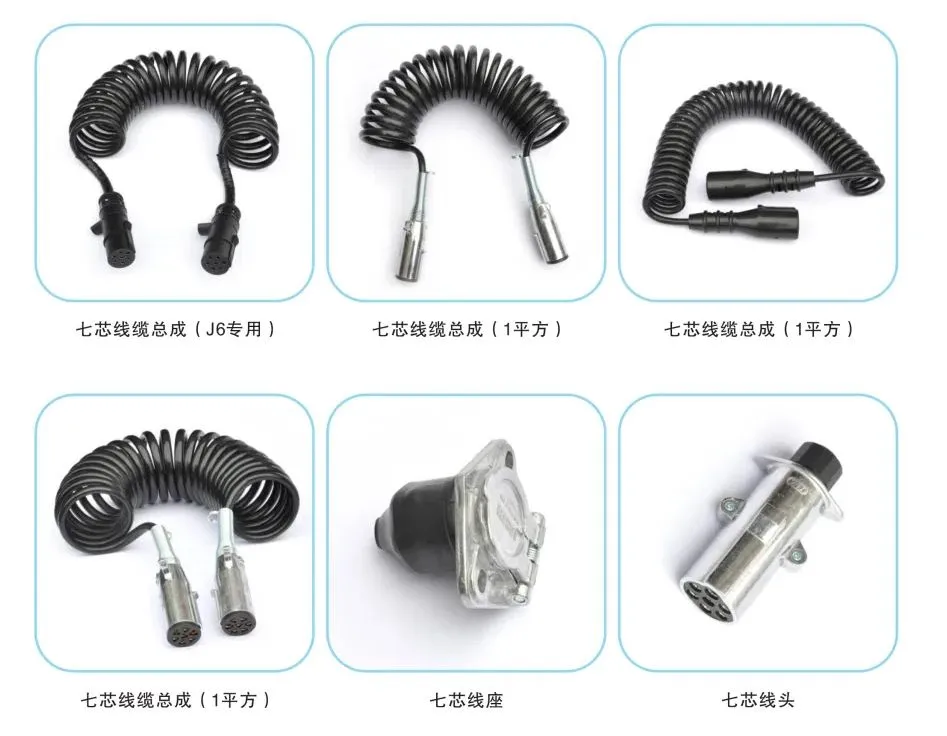ventilation hose
Understanding Ventilation Hoses Importance, Applications, and Maintenance
Ventilation hoses are an essential component in various industries and applications, playing a crucial role in ensuring effective airflow and controlling environmental conditions. These flexible tubes, designed to transport air and gases, are used in a variety of settings, from industrial environments to residential applications. Understanding the importance, applications, and maintenance of ventilation hoses can help users maximize their efficiency and lifespan.
Importance of Ventilation Hoses
The primary purpose of ventilation hoses is to facilitate air movement, which is critical for maintaining air quality and temperature regulation. In industrial settings, proper ventilation is vital to dissipate heat, remove harmful gases, and ensure a safe working environment. For example, in manufacturing plants where machinery generates significant heat or produces exhaust fumes, ventilation hoses play a pivotal role in directing those contaminants away from work areas, safeguarding the health of employees.
In residential applications, ventilation hoses are crucial for HVAC (Heating, Ventilation, and Air Conditioning) systems. They help to distribute conditioned air throughout the home, reducing energy consumption and improving comfort levels. Ventilation hoses are also used in bathroom exhaust systems to expel moist air, preventing mold growth and other moisture-related problems.
Applications of Ventilation Hoses
Ventilation hoses find their applications in a multitude of sectors
1. Industrial Manufacturing Used to transport exhaust fumes, particles, and excess heat away from workstations to maintain a safe atmosphere.
2. Construction Temporary ventilation solutions during construction projects to manage dust and airborne particles, ensuring worker safety and compliance with health regulations.
3. Automotive Ventilation hoses are used in vehicles to manage engine heat and direct air through various components. They also play a role in cabin air filtration systems.
5. Agriculture In controlled environments such as greenhouses, ventilation hoses help regulate temperature and humidity levels, promoting optimal plant growth.
Types of Ventilation Hoses
Ventilation hoses come in various materials and designs to suit different applications. Common materials include
ventilation hose

- PVC (Polyvinyl Chloride) Lightweight and flexible, ideal for residential and light industrial applications.
- Rubber Resistant to higher temperatures and chemicals, commonly used in heavy-duty industrial settings.
- Aluminum Lightweight and heat-resistant, often used in high-temperature applications.
Each type of hose has its advantages and is selected based on specific requirements such as temperature tolerance, flexibility, diameter, and pressure rating.
Maintenance of Ventilation Hoses
Proper maintenance of ventilation hoses is crucial to ensure their longevity and performance. Here are some best practices
1. Regular Inspections Periodically check all hoses for signs of wear and tear, such as cracks, holes, or loose connections. Addressing these issues promptly can prevent system failures and hazards.
2. Cleaning Dust and debris can accumulate inside hoses, obstructing airflow. Implement a regular cleaning schedule using appropriate methods to maintain optimal airflow.
3. Replacements If a hose is severely damaged or degraded, it's best to replace it rather than attempt repairs. Using the correct size and material is vital for compatibility with your system.
4. Installation Ensure that hoses are installed correctly, with no sharp bends or kinks that could impede airflow. Proper installation will enhance the efficiency of the connected systems.
5. Temperature Monitoring Be aware of the temperature limits for each type of hose. Operating beyond these limits can lead to material breakdown and system failure.
Conclusion
In conclusion, ventilation hoses are indispensable in various applications, ensuring efficient airflow and maintaining safe and comfortable environments. Understanding their importance, types, and the best practices for maintenance can help industries and households alike to optimize their ventilation systems. By prioritizing the upkeep of these essential components, users can enhance air quality, improve energy efficiency, and ultimately, contribute to a healthier environment.
-
Top Quality Oxy Acetylene Hoses for Sale Fit for Welding DemandsNewsJul.28,2025
-
The Future of Pneumatic Air Tubes in IndustryNewsJul.28,2025
-
Superior and Reliable LPG Hose Pipe Solutions for Every NeedNewsJul.28,2025
-
Exceptionally Durable and Versatile Premium Braided PVC TubingNewsJul.28,2025
-
Best Adapters for Connecting Garden Hose to PVC Pipe ConnectionsNewsJul.28,2025
-
The Essential Role of LPG Hoses in Safe and Efficient Gas DistributionNewsJul.16,2025














